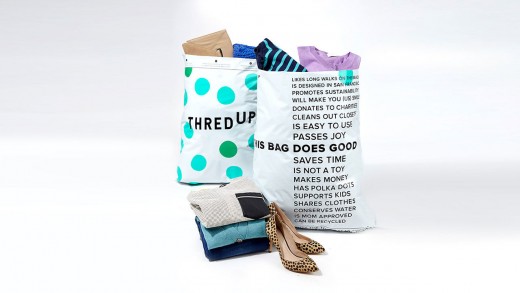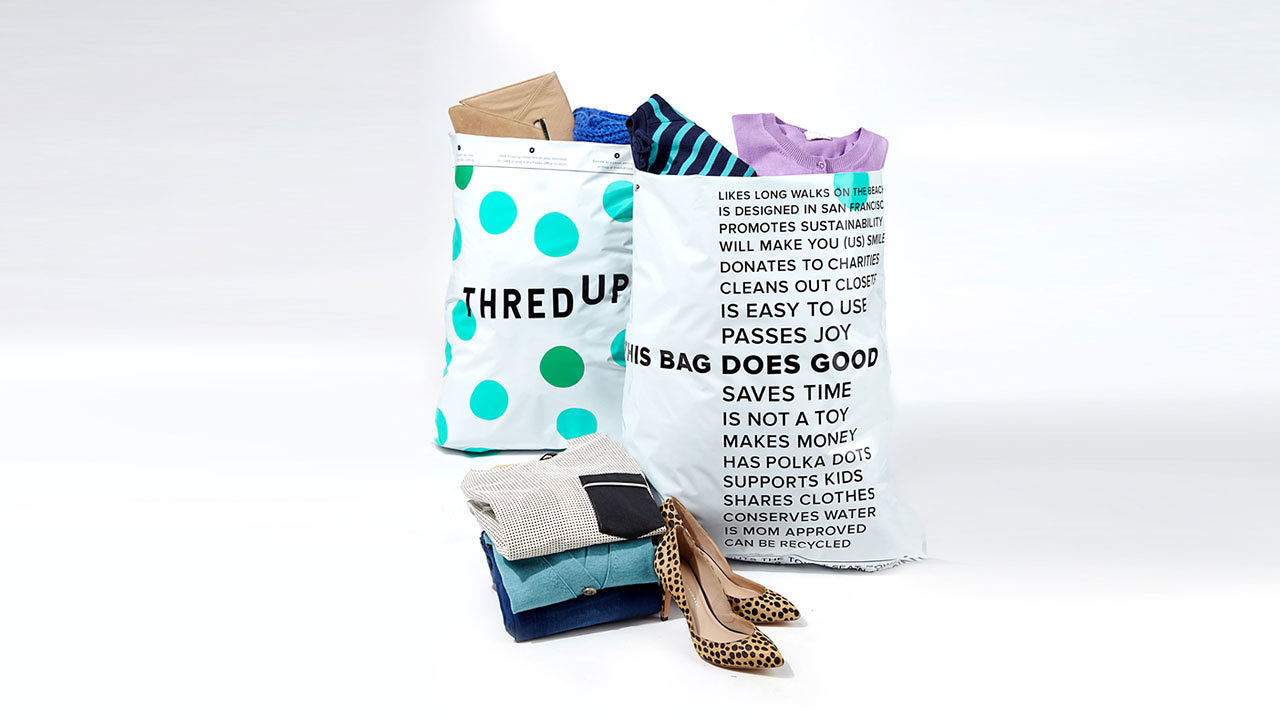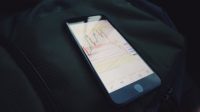With New Funding spherical, ThredUP Plans To Double Down On Overstuffed Closets in every single place
Used-garb retailer ThredUP, which simply raised $81 million, has perfected a form, photo, and put up process that allowed it to scale.
September 10, 2015
When James Reinhart started ThredUP six years ago, it used to be a website folks used to swap bins of used youngsters’s garb. Then, in 2012, he tried an test: He sent a handful of his customers large bags and told them to put no matter clothes they didn’t need anymore into them. if they despatched the baggage back, he would purchase what he wished to resell on the web page. When about 70 of a hundred individuals sent the baggage again—a a long way better fee than at which users have been swapping packing containers—Reinhart knew he was once on to one thing.

He moved ThredUP into a 9,000-square-foot warehouse the next week. It was once sufficient room until about 90 days later, when the company moved into a bigger facility. After that, the company story becomes a collection of ever-expanding warehouses busting at the seams with used males’s, ladies’s, and kids’s garb.
on-line consignment has had a massive couple of years in the case of venture capital: Twice, an organization that raised $23 million in challenge capital, for instance, sold to eBay after failing to construct an important sufficient client base. Threadflip, every other competitor, has raised $21 million in funding; Tradesy has raised $44.5 million, and The RealReal has raised $eighty three million. On Thursday, ThredUP announced that it had raised an $81 million spherical of funding led with the aid of Goldman Sachs, bringing its complete funding to $a hundred twenty five million.
As some query whether or not this industry is actually tenable, ThredUP is neatly on its method to proving that it’s at least scaleable.
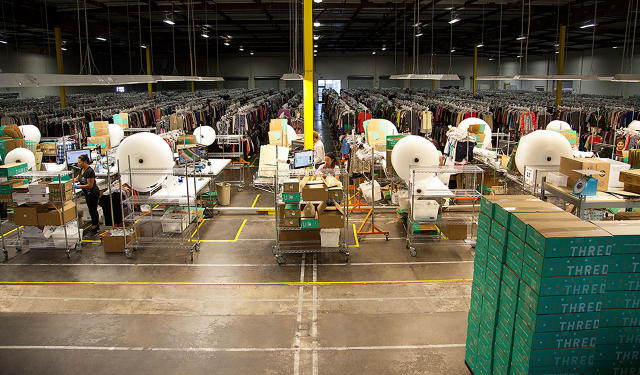
About 500 staff in its two warehouses—a hundred and ten,000 square toes and 150,000 square feet huge—collectively course of almost 1 million objects of clothing each month. the company, which has processed 11 million pieces of clothing, plans to open two new warehouses, rent 1,000 more employees, and course of twice as a lot garb by means of the top of 2016.
“Macy’s has designed its trade to spend $10,000 to take a photo so they can sell that merchandise 1,000 instances,” Reinhart says. “We’ve designed our device to do one picture realizing that it’s most effective going to be online for a day.”
Sorting, photographing, and cataloging the 11 million objects that ThredUP has processed in its six years of industry hasn’t been simple, but it surely’s getting more straightforward. the corporate created, for example, an automated photo finishing course of that does not even require a employee to the touch the camera. additionally it is creating expertise to be able to routinely acknowledge details like fashion, colour, and brand. Algorithms at present select whether a shirt is, say, lengthy-sleeved or quick-sleeved, polka-dotted or plaid, and a human confirms the choices.
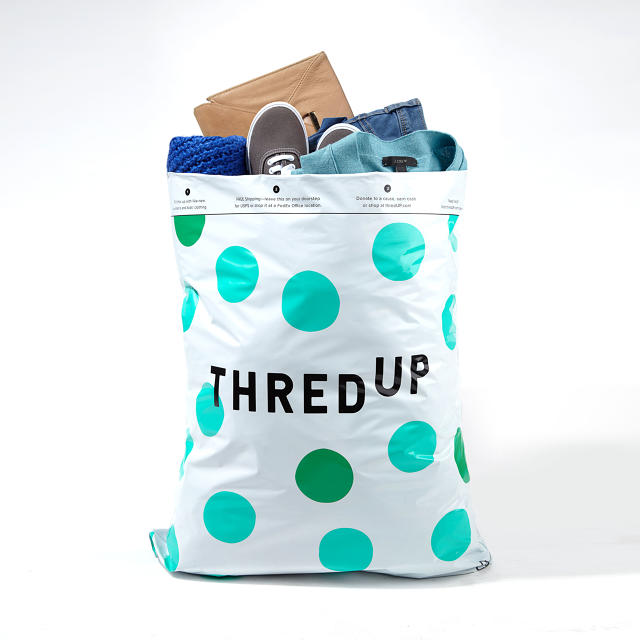
Then, the item gets racked according to how possible it is to be offered quickly. When it’s bought, a warehouse worker finds it the usage of instructions doled out with the aid of an app.
other used-garb outlets, like Poshmark, take the function of a market like eBay. clients send each and every different garments right away, and the company skips the retailer function totally. however Reinhart argues that won’t work for clothes. “the only time when it in reality becomes valuable is in aggregate,” he says. “the explanation that an organization like ThredUP will also be a hit is that we solve the entire closet problem instead of asking [users to sell] one factor at a time.
“it’s all operations.”
fast company , learn Full Story
(137)

